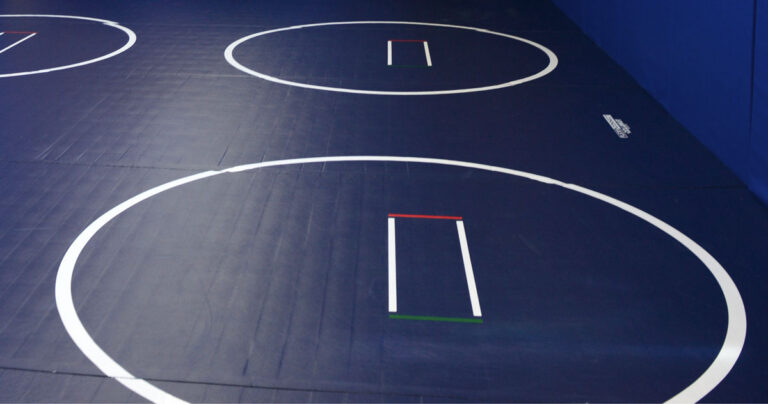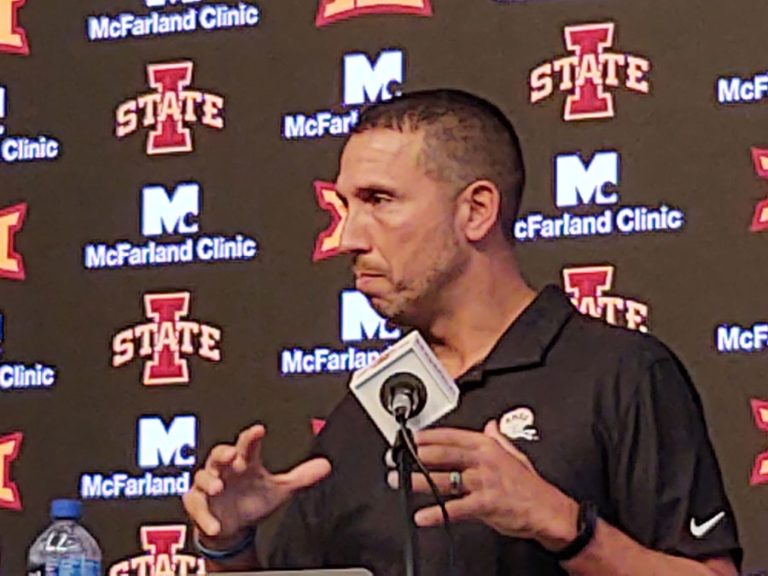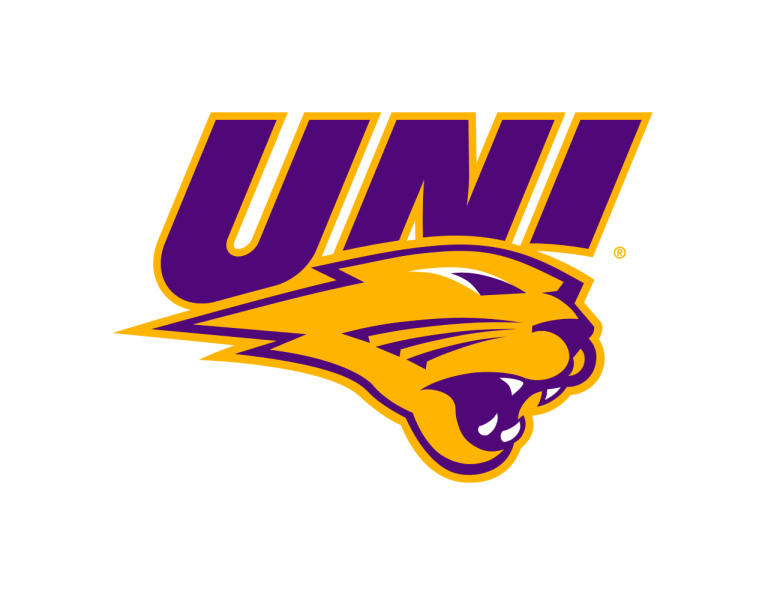The 8,000-acre Dewey’s Pasture complex, in northwest Iowa, is one of the best representatives of pre-settlement grassland-wetland ecosystems in the state and one of Iowa’s premier public areas.
That high-quality habitat was recognized when Dewey’s Pasture was named one of Iowa’s Bird Conservation Areas in 2006, citing its importance for grassland, waterfowl and shore birds. It’s combination of prairies, shallow lakes, wetlands and oak savanna also supports deer, butterflies, pheasants, dragonflies, amphibians, reptiles and unique fish species.
For many of the areas that make up Dewey’s Pasture, today is the good old days, thanks in no small part to more than a decade’s worth of restoration work on these systems.
In 2012, the Iowa Department of Natural Resources (DNR) lowered the water level in Trumbull Lake – while receiving an assist from Mother Nature in the form of a drought – as part of its shallow lakes management plan. The lake dried out and shorebirds by the thousands covered the bed from July to September, including some rare and hard-to-find-in-Iowa birds.
Vegetation took root and when the water returned, Trumbull Lake became a completely different place – no more turbidity, no more poor water quality or lack of vegetation. The now dynamic wetland attracted yellow-headed blackbirds, grebes, ruddy ducks, redheads and more. King rails were seen here. Black terns and Forster’s terns, too.
It’s a popular destination for Iowa birders, with many making an annual trek to northwest Iowa to see wetland birds, said Dr. Stephen Dinsmore, interim chair, Departments of Natural Resource Ecology & Management and Entomology at Iowa State University. “It’s a fun experience to get to a part of the state where wetlands dominate,” Dinsmore said.
It’s also attracted the fishing community as Trumbull Lake has a growing reputation for high quality yellow perch and northern pike which were reintroduced after the drawdown.
“Fish and wildlife species have responded very well to the management on Trumbull,” said Rob Patterson, wildlife biologist for the Iowa DNR. “It’s become a waterfowl hunting and ice fishing destination.”
Improved habitat and reduced carp numbers allowed the perch and northern pike to grow more quickly and grow larger.
A few unique native fish species have also responded to the improved habitat. Banded killifish and central mudminnows, species which have become increasingly rare in Iowa, have dramatically increased in number following the project.
The high-quality shallow lake also brought in kayakers who enjoy its calm water.
“People figured out it’s a pretty good place to go kayaking and it’s a pretty good place to learn to kayak. Restored shallow lakes offer an excellent opportunity to kayak in a natural setting and also to view wildlife,” Patterson said.
Since that initial renovation, each spring, the DNR will lower the water level exposing mudflats to promote near shore aquatic vegetation to keep the area productive.
Trumbull Lake wasn’t the only lake on Dewey’s Pasture complex that is being restored. Beginning in 2008, the Iowa DNR along with Palo Alto and Clay County Conservation Boards, Lost Island Lake Association and Ducks Unlimited partnered on a plan to get Lost Island Lake and its network of connected sloughs and marshes back to a healthy state.
The lake battled issues with poor water quality, lack of aquatic vegetation and a large population of carp that perpetuated the problems. The plan included removing more than 1 million pounds of adult carp and buffalo from the lake, installing fish barriers preventing carp from accessing the marshes to spawn, lowering water levels in the marshes to solidify the marsh bottom and promote vegetation growth, and to stock northern pike and walleyes in the main lake.
The project resulted in improved water quality, improved fishing, healthy marshes supporting wildlife and attracting migrating birds, waterfowl and other marsh wildlife.
One of the key marshes, Barringer Slough – the largest natural intact marsh in Iowa – is still in good shape, as evidenced by the presence of bladderwort, a yellow flowered aquatic plant growing near the outlet.
“Bladderwort is a sign that the marsh is in a healthy state. Ten years in to the project, that’s a good sign,” Patterson said.
Following Mother Nature’s example for managing a prairie
Patterson works with local cattle producer John Sorenson, from Graettinger, to focus grazing pressure on plants competing with the newly emerging prairie. Sorenson has 15 cow calf pairs on about 75 acres of the Holte Tract as part of a grazing practice.
“The intent is to control competition, with inter-seeding forbes into the native grass seeding,” said Patterson. “Thus far we have successfully added 40 species to the site through this management.”
Prior to becoming part of Dewey’s Pasture, the Holte Tract had at one time been used as a pasture. Sorenson has been working with the DNR for the past 6-7 years on this tract that and said it’s been working well.
“I think it’s great for me to utilize some ground that was previously in pasture,” Sorenson said. “If we can utilize that today and can benefit everybody, it works.”
Patterson fences off the cattle from one third of the Holte Tract each year in order to use prescribed fire as part of the prairie management.
Barringer’ wintering pheasant population
The dense stand of cattails at the 900-acre Barringer Slough is attractive to pheasants looking to escape winters worst, drawing huge numbers of the popular gamebird.
“Not many people will hunt that,” Patterson said. “It’s pretty daunting.”
Etcetera
*Dewey’s Pasture complex grew out of the original 500 acres of high-quality remnant prairie, that, along with Smith’s Slough, was recognized as a National Natural Landmark by the National Park Service in 1975.
*More than 230 migratory and nesting birds have been seen on Dewey’s Pasture.
*Dewey’s Pasture is a high value area to small animals like butterflies, bees and other insects living in the habitat that’s been there for thousands of years.
*Sandhill cranes have shown up and while it hasn’t been confirmed as a nesting area, experts believe its only a matter of time as sandhills are consistently nesting across north Iowa.
*The conservation community has been heavily involved in the development and management of Dewey’s Pasture. “About any project that comes up, they’re interested in helping with,” Patterson said.
*Dewey’s Pasture attracts hunters from across Iowa as well as from around the country who hunt it all season long. While not known as a deer hunting hotspot, there are nice bucks out there, but without the large tracts of timber, it’s a different type of hunting. The complex is a trapping hotbed, drawing trappers from across the state for its muskrats.
*After spending a day at Dewey’s Pasture, stop in to Bully’s Bar and Grill in Ruthven for burgers, pizza and more.










